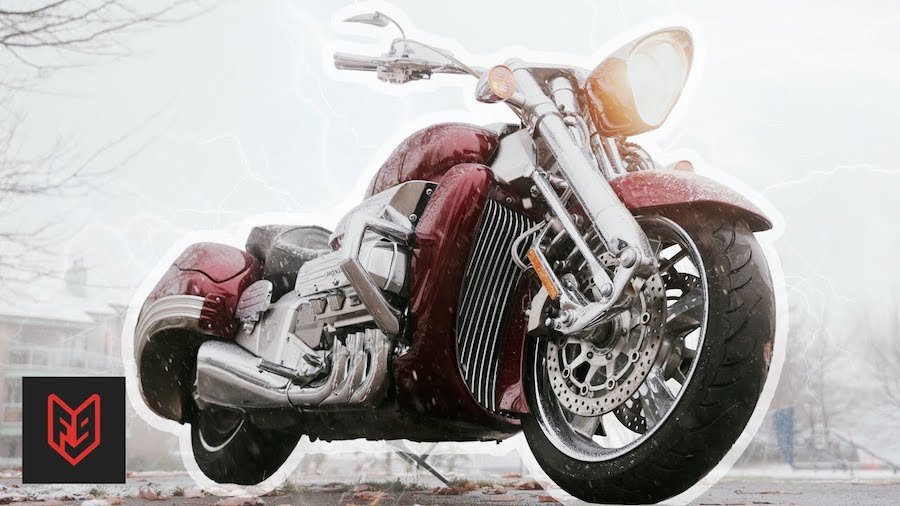Was The Honda Valkyrie Rune An Accounting Mistake, Or A Design Win?

What makes a given bike a success or a failure? I mean, it all depends on where you’re standing, doesn’t it? FortNine’s latest video, the rather provocatively-titled Honda’s $225 Million Mistake – Rune Review, raises several interesting points, not the least of which is this one.
The premise set forth in the title is purely a mathematical one. Charge $27,000 for a bike that you only produce in extremely limited amounts, and that you spend about $225 M to produce, and the math alone looks like a decidedly bad deal. Still, what your accountant might hate, your fans and enthusiasts might love.
The question this video seems to answer, truly, is what happens when artistic expression takes the lead, and Honda’s crack team of engineers is left to make that artistic expression as eminently and solidly rideable a machine as possible. The Honda Valkyrie Rune is a rarity, not just because of the numbers in which it was produced—but because Honda largely went against common production machine conventions to make it a reality.
As riders, many of us have opinions about a whole lot of things. One frequent complaint that you might hear (or yell about on your own) is the dreaded parts-bin special. Indeed, Honda is an OEM that’s had that particularly accusatory phrase leveled at it on multiple occasions.
The Rune, though? It’s the exact opposite of a parts-bin special. Of course, what that means is that replacement parts—assuming, of course, that you can even get them in the first place—are insanely expensive. Generally speaking, if you can find a given set of foot pegs everywhere, they’ll cost you next to nothing. However, if there were only a few ever made, that price will skyrocket.
Riders also like to complain about how we wish that more production bikes looked like their concept versions. (In fact, in very recent history, the new Honda CB750 Hornet comes to mind almost immediately.) The Rune was, for all intents and purposes, also a rare example of concept machine come to life. As Ryan F9 expounds in his review, engineers even apparently went through and actually made the thing a serious delight to ride.
When you’re as successful as Honda, you can afford to do something like make the Rune a production model, and let your designers be mad with power for a few months. Sure, the bike may have come out in 2004 (and in fact, I distinctly remember seeing one on the shop floor when I got my first bike, but that’s another story). If Honda never intended the math to work out on this one, and it’s still a subject of conversation almost two decades after its release—it’s awfully difficult to see it as a mistake. A calculated risk, maybe. A long game? Definitely.
Related News
